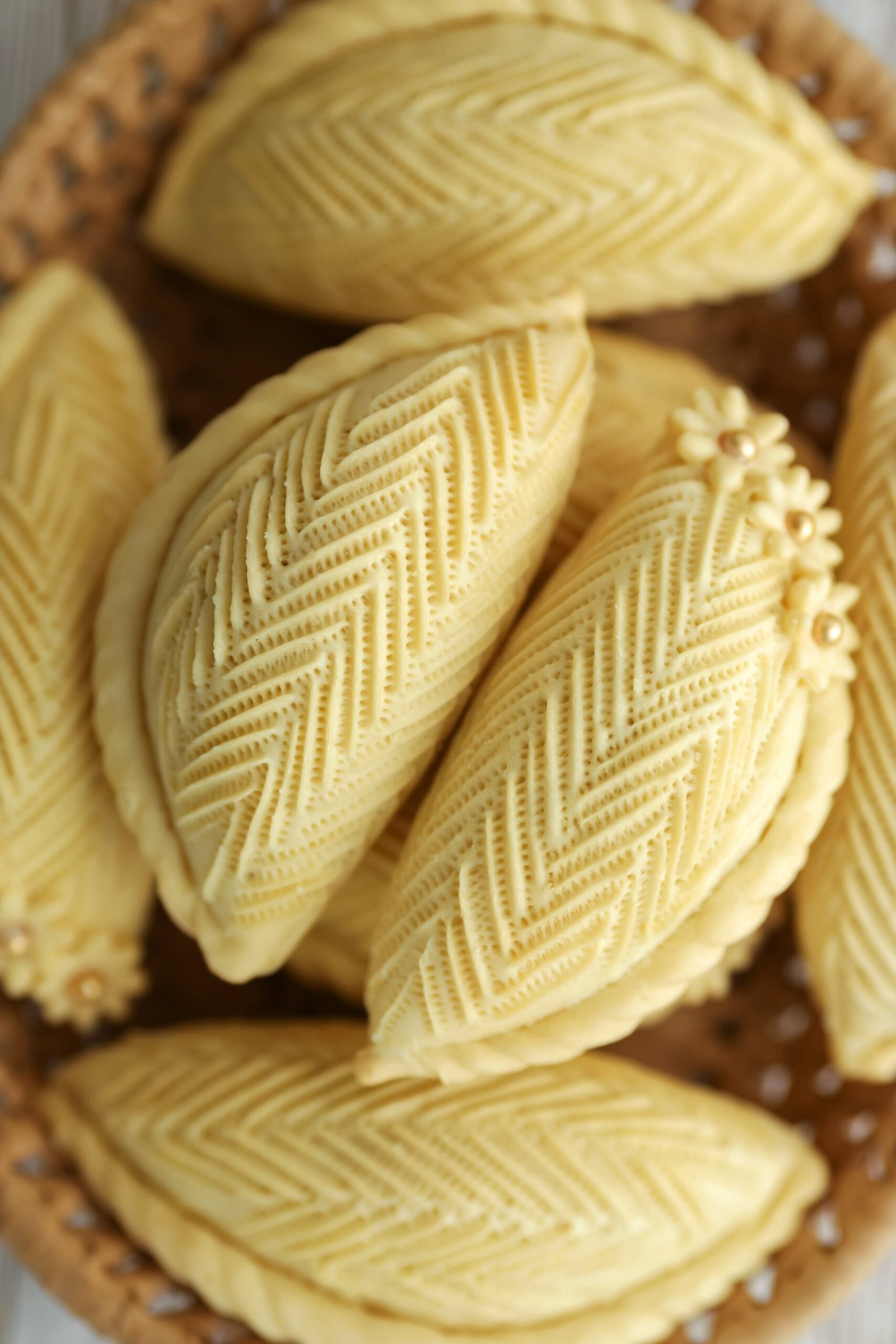You love the delicious smoky flavor that comes from cooking on a smoker, but those unexpected flare-ups can be a real buzzkill. Nobody wants their perfectly seasoned food to go up in flames! So, how can you prevent these flare-ups and ensure that your cooking experience remains enjoyable? In this article, we will explore some simple yet effective tips to help you keep those flare-ups at bay. From managing the heat to using the right tools, you’ll be armed with all the knowledge you need to become a pro at preventing flare-ups in your smoker. Get ready to take your smoked dishes to a whole new level!
Choosing the Right Fuel
When it comes to smoking food, one of the most important factors to consider is the type of fuel you use. Quality charcoal is a popular choice among experienced smokers due to its consistent heat and long burn time. It produces a steady, even heat that allows for precise temperature control throughout the smoking process. Additionally, using hardwood lump charcoal can add a unique flavor to your food. Avoid using lighter fluid when lighting your charcoal, as it can leave unwanted chemical flavors and odors on your food. Instead, opt for a chimney starter, which provides a more natural and safer way to ignite your charcoal. Lastly, consider using wood chips to enhance the flavor of your smoked food. Soaked wood chips can be added to the charcoal to release aromatic smoke that imparts a delicious smoky flavor to your meat, fish, or vegetables.
Preparing the Smoker
Before you begin smoking, it’s important to properly prepare your smoker to ensure optimal results. Start by cleaning the smoker grates to remove any residue or food particles from previous smoking sessions. This will prevent any unwanted flavors from transferring to your food and ensure even cooking. Preheating the smoker is crucial to not only reaching and maintaining the desired smoking temperature but also eliminating any impurities or bacteria that may be present. Allow the smoker to heat up for at least 20-30 minutes before adding your food. Lastly, creating a drip pan beneath the grates will catch any drippings from the food, preventing flare-ups and making clean-up easier.

Controlling the Temperature
Maintaining a consistent temperature is key to achieving perfectly smoked food. Using a thermometer is essential for accurately monitoring the internal temperature of your smoker. This will help you make adjustments as needed to avoid over or undercooking your food. Additionally, adjusting the air vents on your smoker can control the amount of oxygen flowing into the fire, which directly affects the temperature. Opening the vents wider will increase the heat, while closing them will lower it. Monitoring and adjusting the heat throughout the smoking process is important to ensure your food is cooked to perfection.
Maintaining Proper Airflow
Proper airflow is crucial for even cooking and preventing any potential issues during the smoking process. Clearing the chimney vent of any obstructions, such as ash or debris, will ensure the smoke can escape freely and prevent a build-up of gases that could affect the flavor of your food. Ensuring the proper placement of food on the smoker grates is also important for airflow. Leave enough space between each piece of food to promote even smoking and prevent any overcrowding. Overfilling the smoker can restrict the airflow and result in inconsistent cooking.

Trimming Excess Fat
Before smoking your meat or poultry, it’s important to trim off any excess fat. This not only helps promote better smoking results but also prevents flare-ups that can occur when the fat drips onto the fire. Removing excess fat from meat will also allow the smoke to penetrate the meat more effectively, resulting in a more flavorful end product. Similarly, trimming the skin on poultry can reduce the amount of fat that drips onto the fire, preventing flare-ups and ensuring even cooking.
Using a Water Pan
Using a water pan in your smoker can help regulate the temperature and maintain moisture during the smoking process. Place a water pan on the bottom rack of your smoker, just below the food. As the water evaporates, it creates a moist environment that helps prevent the meat from drying out. Adding liquid, such as water, apple juice, or beer, to the water pan can also infuse your food with additional flavors. It’s important to monitor the water pan throughout the smoking process and refill it as needed to ensure a consistent level of moisture.

Avoiding Excessive Smoke
While smoke is essential for flavoring your food, excessive smoke can be overwhelming and negatively impact the taste. To prevent oversoaking your wood chips, soak them for no longer than 30 minutes before adding them to the smoker. This allows them to smolder and release flavorful smoke without producing an excessive amount. Similarly, allowing the smoke to settle before introducing your food to the smoker can prevent any overpowering flavors. Finally, ensuring proper ventilation by adjusting the air vents will keep the smoke flowing evenly throughout the smoker.
Regular Maintenance
Proper maintenance of your smoker is essential for achieving consistent smoking results and prolonging its lifespan. Regularly cleaning the smoker, both inside and out, will prevent the build-up of ash, grease, and food residue that can affect the taste and functionality of your smoker. Check for any leaks or damage, such as loose seals or rusted parts, and address them promptly to maintain proper smoking conditions. Additionally, replacing worn parts, such as grates or thermometers, will ensure accurate temperature control and efficient smoking.
Proper Food Preparation
Before smoking your food, there are a few key steps you should take to ensure the best results. Patting your food dry before placing it in the smoker will help the smoke adhere more effectively and promote better flavor absorption. Avoid using sugary rubs or sauces on your food, as they can burn and create an unpleasant taste. Instead, opt for dry rubs or marinades that complement the flavors you wish to achieve. Lastly, it’s important to cook meat to the appropriate internal temperature to ensure it is safe to eat. Use a meat thermometer to accurately gauge the doneness of your food and prevent under or overcooking.
Monitoring the Cooking Process
While smoking food requires patience, it’s important to monitor the cooking process to ensure your food is progressing as desired. Use a timer to keep track of the smoking time and make any necessary adjustments to the heat or ventilation. Check your food at regular intervals to gauge its progress and make any necessary adjustments to maintain the desired temperature. However, avoid constantly opening the lid as this can cause temperature fluctuations and extend the cooking time. Instead, rely on your thermometer and visual cues to determine when your food is done.
By following these tips and techniques, you can prevent flare-ups, maintain optimal temperatures, and achieve deliciously smoked food every time. Experiment with different flavors and wood chips to create unique and mouthwatering dishes that will impress your friends and family. So fire up your smoker, gather your ingredients, and get ready to enjoy the art of smoking!
